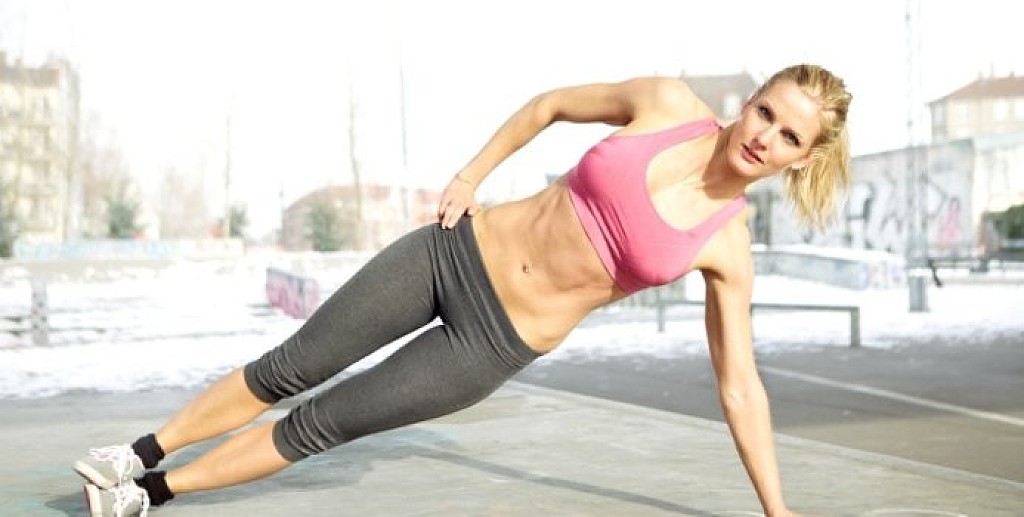Running News Daily
Running News Daily is edited by Bob Anderson. Send your news items to bob@mybestruns.com Advertising opportunities available. Train the Kenyan Way at KATA Kenya and Portugal owned and operated by Bob Anderson. Be sure to catch our movie A Long Run the movie KATA Running Camps and KATA Potato Farms - 31 now open in Kenya! https://kata.ke/
Index to Daily Posts · Sign Up For Updates · Run The World Feed
Why is Core Work so important for runners but many of us don’t take the time to do it
While the need for incorporating speedwork and recovery into a running plan may speak for itself, when it comes to understanding the importance of including core work, the answer may be a little less obvious.
But that’s certainly not because it is any less important. Known as the power house of the body, the core impacts every movement and activity of the human structure. In fact, your ability to stand up, sit back, bend over and get out of bed are all driven by your core. You can think of it as the power house of muscle that holds you up and lets everything operate around you.
From the movement and extension of each limb, to the forward propulsion of your body, a strong core is at the foundation, and it grounds together your pelvis, abdominals, hips and back so they can work in sync. Especially when it comes to running.

Within the motions of running, when you plant your foot down in front of you and step out into your stride, your body receives a load that is several times your body weight. This energy is transferred through your entire body, allowing you to move forward, pushing off and landing for your next stride.
As that power and energy works its way through your body, reaching your core, a strong core is able to transfer the energy, due to its enhanced stability, instead of losing energy. Energy lost is running slowed down, while a strong core that maintains the stability of your torso and your body is one that can more effectively bring the energy in and use it.
When the core is stable and keeps everything aligned, the energy can be used to then generate increased running energy helping you maintain a stronger speed, proper posture and effective load dispersal that works to prevent injury.
It is important to remember that the core is made up of far more than just your abdominal muscles and includes (to name a few): the back, hip flexors and pelvis.
The abdominal muscles component is actually a selection of several sets of muscles, whereby there are deep running muscles which we can’t see, and then the rectus abdominus on the top, which we typically think of as creating the “six-pack.” Strengthening your core, however, and having it be strong enough to stabilize your body and transfer energy, has nothing to do with a six pack or aesthetics, and instead everything to do with power and transfer of load.
When this load transfer is effective and properly dispersed, not only does your running benefit, but your injury risk decreases, your posture improves and your performance is enhanced as a result.
Login to leave a comment




